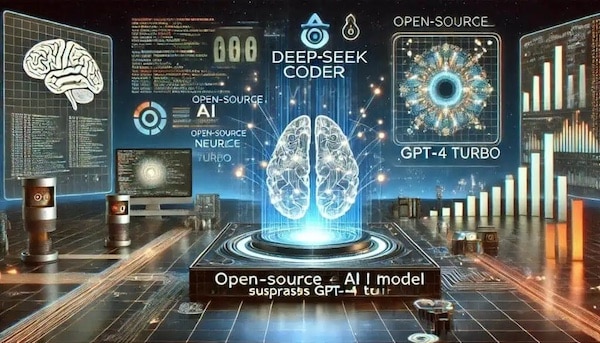China’s DeepSeek AI has just dropped a bombshell in the tech world. While U.S. tech giants like OpenAI have been building expensive, closed-source AI models, DeepSeek has released an open-source AI that matches or outperforms U.S. models, costs 97% less to operate, and can be downloaded and used freely by anyone.
While the U.S. tried to monopolize AI with economic sanctions on China and embargoes on semiconductor technology to China, China’s technologically adept workforce quietly worked around these barriers.
While the Trump administration was busy constructing a $500 billion AI boondoggle called Stargate, DeepSeek engineered a technological breakthrough that exposed the entire expensive Stargate charade as another giveaway to the wealthy.
DeepSeek’s model outperformed OpenAI’s best, using less data, less computing power, and a fraction of the cost. Even more remarkable, DeepSeek’s model is open-source, meaning anyone can use, modify, and build on it. This stands in stark contrast to OpenAI’s closed, profit-driven approach.
Corporate rulers want AI to monitor workers, lower wages, bust unions, or shift work to machines altogether, leading to cutbacks and layoffs. The World Economic Forum famously predicted that AI would replace millions of “useless” human workers by 2030.
Unlike U.S. tech companies seeking monopoly control, DeepSeek treats AI like electricity or the Internet—a basic tool that should be accessible to everyone.
The ability to offer a powerful AI system at such a low cost and with open access undermines the claim that AI must be restricted behind paywalls and controlled by corporations. In contrast to monopoly capitalism, this approach offers an alternative that fosters innovation and benefits society in general.
AI, as a public utility, can be used to complement human labor, improve safety, reduce drudgery, and create better-paying jobs rather than eliminate them.
Beyond mere manufacturing, China has methodically built technological ecosystems that now dominate global markets: Huawei’s telecommunications, BYD’s electric vehicles, CATL’s next-generation battery technologies, and Tongwei Solar’s advanced photovoltaic systems.
In just 15 years, the global technological landscape has been transformed. Between 2003 and 2007, the United States led in 60 out of 64 key technologies. By 2022, this dominance had reversed, with China leading in 52 technologies—a dramatic shift in global technological supremacy.

